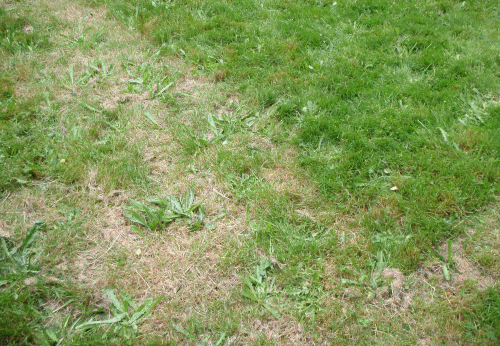
 1
1




Connecticut Accredited Nurseryperson
Accredited Organic Land Care Professional (NOFA)




Baldwin Organic Garden Share Our home-based garden cooperative. Tribal Wind Arts Rustic Furniture & Artisan-Craftwork from reclaimed suburban trees








Connecticut Accredited Nurseryperson
Accredited Organic Land Care Professional (NOFA)




Seed the Mind, Harvest Ideas.
http://farmwhisperer.com









Seed the Mind, Harvest Ideas.
http://farmwhisperer.com




Connecticut Accredited Nurseryperson
Accredited Organic Land Care Professional (NOFA)




[img]http://i109.photobucket.com/albums/n52/havlik1/permie%20pics2/permiepotrait3pdd.jpg[/img]
"One cannot help an involuntary process. The point is not to disturb it. - Dr. Michel Odent




Check out my Primal Prepper blog where I talk about permaculture, prepping, and the primal lifestyle... all the time! 





Seed the Mind, Harvest Ideas.
http://farmwhisperer.com





Seed the Mind, Harvest Ideas.
http://farmwhisperer.com




"the qualities of these bacteria, like the heat of the sun, electricity, or the qualities of metals, are part of the storehouse of knowledge of all men. They are manifestations of the laws of nature, free to all men and reserved exclusively to none." SCOTUS, Funk Bros. Seed Co. v. Kale Inoculant Co.





Seed the Mind, Harvest Ideas.
http://farmwhisperer.com





Seed the Mind, Harvest Ideas.
http://farmwhisperer.com
 1
1





 1
1




 1
1



















|
A wop bop a lu bop a womp bam boom! Tiny ad:
Freaky Cheap Heat - 2 hour movie - HD streaming
https://permies.com/wiki/238453/Freaky-Cheap-Heat-hour-movie
|



